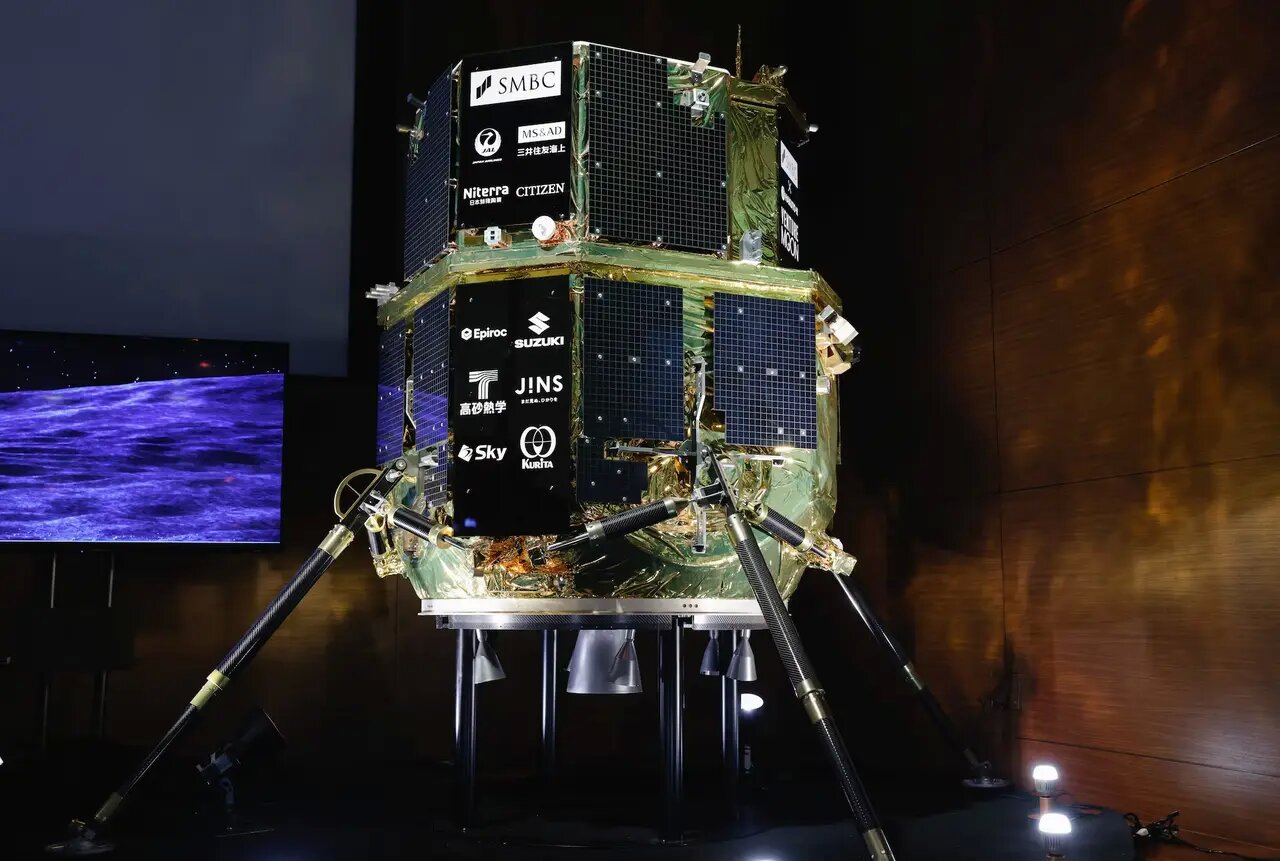
On the early morning of June 5th, the Japanese company ISPACE's "Resilience" lunar lander crashed during a landing mission, quickly becoming a focus of global attention in the aerospace industry. This failure not only dealt a heavy blow to Japan's lunar exploration program, but also sounded the alarm for global commercial space development, triggering deep thinking on various aspects such as lunar exploration technology, commercial space models, and international cooperation.
The direct cause of the crash of the "Resilience" spacecraft was a sudden delay in the laser rangefinder, which was unable to provide real-time feedback on the lunar distance, resulting in the lander continuing to accelerate during the final landing phase and the fuel propulsion system failing to brake in a timely manner. This is not the first time that Japan's aerospace industry has failed due to technical details. In 2023, its first lander crashed due to software altitude misjudgment.
Lunar landing is an extremely complex system engineering, involving multiple key technical fields such as orbit calculation, precise navigation, power control, communication support, and accurate perception of the lunar surface environment. Any slight mistake in any link may lead to the failure of the task. As a key device for the lander to perceive the distance from the lunar surface, the accuracy and timeliness of the laser rangefinder's data directly affect the timing and force control of the lander's deceleration. The accident of the "Resilience" spacecraft demonstrates that even seemingly minor technological flaws in the aerospace field can be infinitely magnified in extreme space environments, ultimately leading to catastrophic consequences.
This also reminds space agencies and commercial space companies of all countries that while pursuing technological innovation and mission progress, they must not neglect the polishing and verification of basic technologies. The application of every new technology requires extensive ground simulation testing and actual flight verification to ensure its stable and reliable operation in complex and changing space environments.
As a member of the commercial aerospace industry, ISPACE's "Resilience" mission carries the dual expectations of commercial interests and scientific exploration. The rise of commercial aerospace has injected new vitality into the aerospace industry, attracting a large amount of social capital and innovative forces to participate. It is expected to reduce aerospace costs, improve mission efficiency, and promote rapid technological iteration.
However, the crash of the "Resilience" spacecraft also exposed some problems in the development of commercial aerospace. In order to seize the opportunity in the fierce market competition, some commercial aerospace companies may hastily advance tasks and compress testing cycles before the technology is fully mature, thereby planting safety hazards. In order to shorten the mission cycle of the "Resilience" mission, the ground testing time of key components has been significantly reduced, which may be one of the important factors leading to the ultimate failure.
The crash of Japan's "Resilience" lunar lander was a regrettable failure, but also a valuable lesson in human space exploration. Space exploration is a risky and uncertain undertaking, and behind every success lies countless failures and attempts. From the early setbacks of the Apollo program in the United States to the multiple failures of the Soviet moon landing program, many space powers in history have accumulated experience and continuously improved their technology through failures, ultimately achieving great breakthroughs.
For Japan, this failure should not be a reason to give up its dream of exploring the moon, but rather an opportunity for reflection and improvement. By conducting in-depth analysis of the causes of the accident, increasing investment in technological research and development, and improving project management and quality control systems, Japan is expected to achieve success in future lunar exploration missions. Similarly, for the global aerospace industry, the crash of the "Resilience" spacecraft has sounded an alarm, reminding us to always uphold the spirit of science, maintain patience and perseverance, and steadily promote the development and application of aerospace technology in our pursuit of the stars and the sea.
The crash of Japan's "Resilience" lunar lander is an event with multiple warning implications. It reminds us that the path of lunar exploration is full of hardships, and whether it is technological research and development, commercial operations, or international cooperation, we need to face them with a more rigorous attitude, more scientific methods, and more firm determination. Only in this way can humanity continue to advance in the journey of exploring the universe, and achieve in-depth exploration and development of the moon and deeper space.

The office of the President of South Korea has fully initiated the relocation work, moving the office equipment of all departments from the current Yongsan Presidential Office to the former Presidential office, the Blue House.
The office of the President of South Korea has fully initia…
Israeli officials announced that Israel will reopen the bor…
US President Trump said that Russia has gained a stronger m…
The latest report from the United Nations Conference on Tra…
The UK Ministry of Defence said on Tuesday (December 9) tha…
In early December, US stocks staged their most dramatic int…